

ON PATROL: LIVE
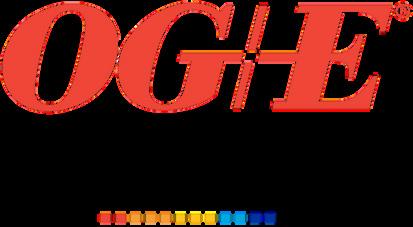



Luncheon
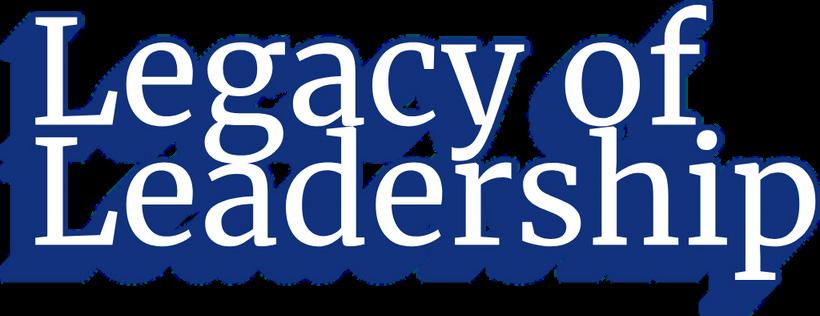
Thursday, July 10 Partnership
11:30 am - 2:00pm
Program/Lunch: 11:30 am - 1:00 pm; Meet & Greet: 1:00 pm - 2:00 pm
Tickets: Registration required
$75 per person - Lunch and Program
$100 per person includes Lunch, Program and Meet & Greet event afterwards






























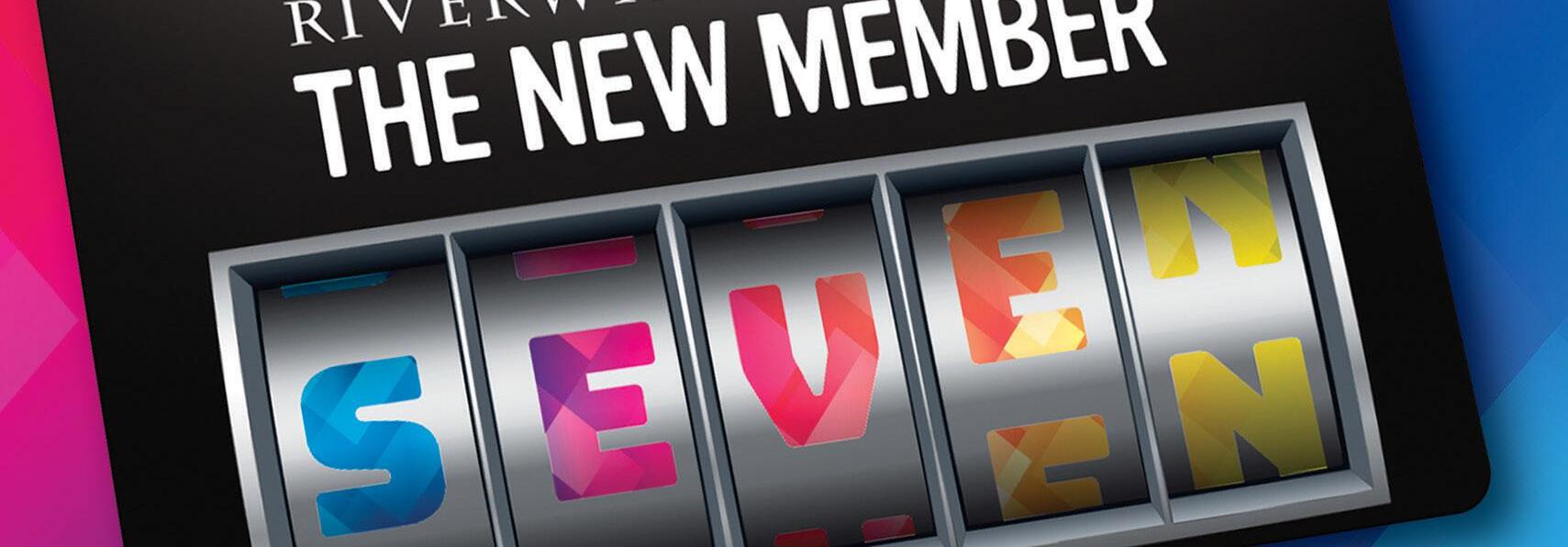






















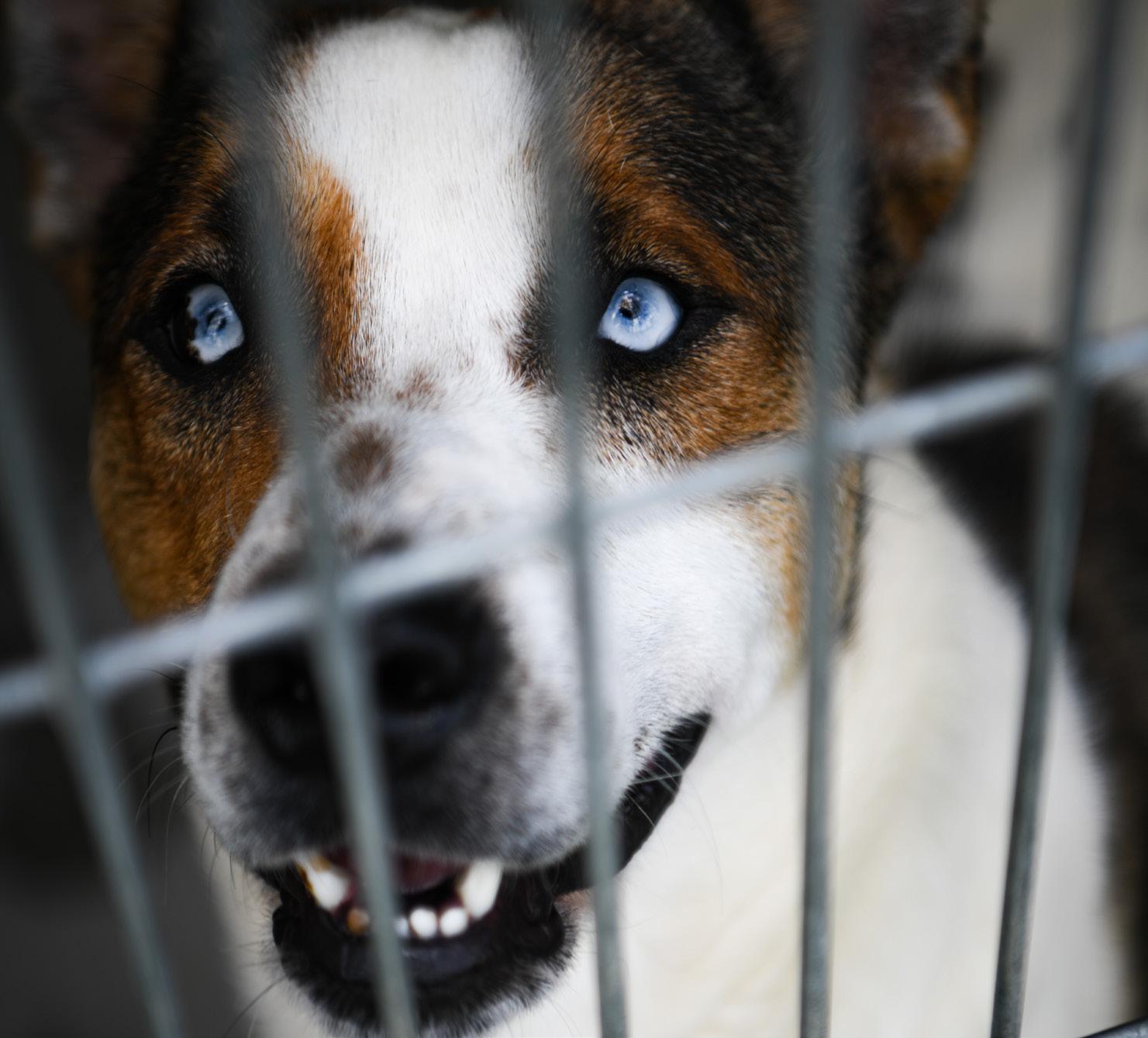




ON PATROL: LIVE

Moore Police Department Featured on Television Series
Moore police Sgt. Justin Sternberg made a name for himself last summer when he ran through a fence during a foot pursuit.
Video from Sternberg’s body camera was a hit on social media and drew the attention of producers for On Patrol: Live, a reality series that airs on the cable and satellite television network Reelz.
“It went viral. Millions of viewers on various platforms and networks,” said Clint Byley, public information officer for the Moore Police Department. “On Patrol saw that and was like ‘hey, we want to put that on our show. This is awesome police work; this is exactly the type of police work we’d like to see.’”
Video of the pursuit aired on the show’s Triple Play segment and led over time to a larger role for the department. Other video clips followed, including one showing a Moore officer delivering donuts to a child who had called 9-1-1 to place an order.
“We talk about the power of social media,” Byley said. “That’s kind of how this got started.”
A year after Sternberg gained fame for his exploits (he helped repair the damaged fence), he’s back in the spotlight again, this time for his role in On Patrol: Live
The series, which airs from 8 to 11 Friday and Saturday nights, follows camera crews going on ridealongs with U.S. law enforcement agencies. It is
Officer Ethan Holmes
produced by Half Moon Pictures, a subsidiary of the same company that produced Live PD for A&E.
Sternberg, a 10-year department veteran, teamed with officer Brendon Hughes in shows that aired June 13 and 14.
On Patrol: Live is a revised version of Live PD, which was cancelled in June 2020. Dan Abrams is the host and executive producer.
“It’s very fluid back and forth,” Byley said of the show. “They look for great police work, and so if you have great police work, if you have really awesome videos, if you have that ability to tell a really good story ... they love that stuff.”
According to Byley, the show is an opportunity to showcase the department and how it differs from other Oklahoma law enforcement agencies.
“When you watch the show, it’s actually pretty apparent,” he said. “We have commentors and people on social media saying, ‘you guys are incredibly professional ... we love to watch and see how you operate ... you have a high level of patience with people.’
“And that’s what we want to show, and those are things that we can’t necessarily show you every day on social media, right? You can really see the level of professionalism our officers have.”
The public response has been mostly positive so far, Byley said.
“The majority of our citizens love our police department,” he said. “They love what we do in our community. It’s kind of turned into a fun cult following.”
Byley, a former TV news producer, called the On Patrol crew, which rides with officers, “incredibly experienced.”
“They’ve been doing this for a very long time,” he said. “They’re highly trained, highly skilled cameramen. Their goal ... is to document what’s happening and not get involved.”
Byley said Police Chief Todd Gibson has put a high focus on department accountability, which in turn builds public trust.
“Transparency obviously flows into that accountability,” he said. “This is ... the ultimate form of transparency.
BY: TIM WILLERT
“We get the cameras there (and) it’s straight from the field to the production crew onto the TV screen. It’s as real as you can get in real time.”
Viewers learn there’s more to police work than what they see on the news, Byley said.
“People are fascinated with police work,” he said. “Whether it’s good, bad, ugly, happy, people are fascinated with the job and the career. This is just good TV at the end of the day. The work that officers do day in and day out is really interesting,”
Byley, who also has a public relations background, was hired by Gibson in September 2023. He has played a prominent role in boosting the department’s social media presence from 32,000 followers on Facebook and Instagram in 2023 to 57,000 followers in June 2025.
The department’s media reach, which measures Facebook views, totaled 1.1 million accounts in 2023.
From March 14 to June 11 — a span that included two weeks of On Patrol: Live appearances — that reach grew to 12.3 million, according to Byley.
“Growing accounts is important, but at the end of the day it’s about public safety,” he said. “It’s about letting people know these are the things that are happening, this is what’s going on in our communities, this is what the police department, the city, first responders are doing to combat those issues.”
On average, 2.2 million people view the department’s Facebook page daily, Byley said.
“Chief Gibson has really doubled down on this mentality, and it really shows because people are comfortable asking us for help,” he said. “All that reach helps us locally get more eyes.”
Much of the information is spread through messaging similar to that of news organizations, and On Patrol: Live is another way to grow that message, Byley said.
“We have a very high respect for our officers, for their professionalism,” he said. “And so, we know at the end of the day that they’re going to go out there and do the right thing. We really don’t have to worry about it because they do it day in and day out.”– SMS


PREMIER PATRONS
THANK YOU TO THE 2025 AMBASSADOR BALL SPONSORS FOR YOUR GENEROUS SUPPORT!


GRAND & HEALER PRAISE PATRONS





ENTERTAINMENT SPONSOR


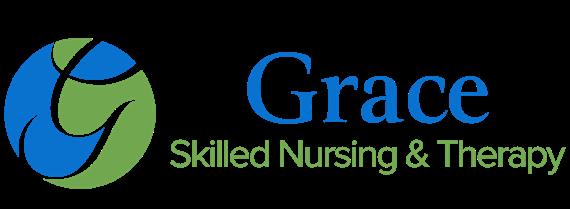
NOBLE PATRONS

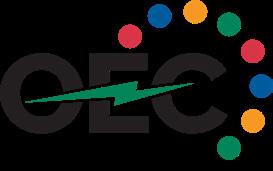


Dr. Joseph Saveika & Ruth Smith Norman Anesthesia Providers
David & Carolyn Nimmo








Robin Singh Dr. Lawrence & Meghan Carter

Drs. Lane & Mike Tinsley
Dr.

A BARKING SUCCESS
Moore Animal Shelter Thrives in New Location
The Moore Animal Shelter and Adoption Center is thriving, reporting more adoptions than ever before. Now located along the I-35 access road on the south side of Moore, the new facility has proven to be a major success.
With increased foot traffic thanks to the highly visible location and a clean, inviting atmosphere, more animals are finding forever homes, said shelter manager Samantha Phillips. Public awareness has increased as well.
“We had outgrown the previous shelter a long time ago,” Phillips explained. “We can now house (the animals) properly. They’re so much happier here. They have more play-yards and more outdoor time. We aren’t in a huge rush before filling up again. We can take our time getting them adopted. We have the space to give them a fair shot.”
The former shelter’s limited size made it difficult to separate newly arrived animals from those ready for adoption. Fortunately, staff had the opportunity to weigh in on the new facility’s design, and their top needs were addressed.
“We have three stray dog rooms and a stray cat room now, plus intake or quarantine kennels and we have a recovery kennel. If we have sick animals they can be in a quarantine area. That way we’re preventing the spreading of illnesses and diseases,” Phillips said. “We have had zero kennel cough at the new shelter and maybe only one parvo dog, but it did not spread. We now have what we need to keep the animals safe and healthy.”
While the shelter is seeing greater success, Phillips said help is still needed.
“The shelter is bigger and because of that and the amount of animals we are getting in, it can be a challenge for staff to make sure everyone is getting outdoor time or giving baths. Some (volunteers) come in and take adoption pictures and socialize the animals,” Phillips said.
Volunteers must be 18 or older.

Shelter manager Samantha Philllips

“We do provide everything the dogs need but sometimes there’s extra things the dogs enjoy. Sharing animals on social media posts helps so much. Social media has been great to have in our back pocket to get animals home, whether they’re lost or needing a new home. We are very thankful for our community support,” Phillips said.
A recent social media post requesting kiddie pool donations quickly led to several being donated. The staff says they feel fortunate to have such a responsive community.
While the shelter’s first year in the new building was focused on getting settled and training new staff to accommodate the increased space and intake volume, the year ahead will shift toward launching more community services and programs.
The building was designed with both current and future needs in mind. It includes a full medical suite that can eventually support an on-site veterinarian, something planned for the future. The shelter has already begun offering more affordable services, including $20 microchipping available daily, which wasn’t consistently possible at the previous location.
The staff is also hosting more group tours for schools and community organizations to educate the public about animal control, shelter operations and the services offered. In addition, the team has seen an increase in businesses reaching out to offer volunteer support.– SMS





At Armstrong Bank, your business isn’t just business to us. It’s personal. We’re invested in your success. Our friendly, knowledgeable bankers are ready to build a relationship that lasts, and our suite of products and services are designed with your convenience in mind. You deserve a strong financial partner by your
and that’s exactly what you get at Armstrong Bank.


5 REASONS TO SHOP LOCAL
For Kim Brown, president and CEO of the Moore Chamber of Commerce, shopping local isn’t just about spending money—it’s about building a stronger, more connected community.
“Shopping locally is about supporting jobs, quality of life and all the things that make our community so special,” Brown said. “Your dollars spent locally have a ripple effect, just like when you throw a stone into water.”
Online shopping, while convenient, is one of the biggest challenges small businesses face today. Brown acknowledges the appeal but encourages consumers to consider the long-term impact.
“Those purchases are just not supporting our community at the same level,” she said.
So, the next time you are looking to make a purchase, consider these five reasons to make shopping locally a priority:
1. Increases local investment - When you shop locally, your dollars go right back into the community. Thriving small businesses help fund parks and other public services through local taxes.
2. Supports local jobs - Local businesses employ your neighbors, friends and family.
3. Strengthens community connections – Local businesses are reinvesting in our community at a high level, supporting neighborhood schools and nonprofit organizations.
4. Reduces environmental impacts – Less shipping means a smaller carbon footprint.
5. Preserves local character - Shopping local builds relationships and fosters a sense of belonging. By shopping local, you’re helping keep that unique charm alive.
WAYS TO SUPPORT LOCAL BUSINESSES WITHOUT SPENDING A DIME
Supporting local businesses doesn’t always mean spending money. Brown encourages simple gestures that make a lasting impact.
“Lead with kindness by leaving a good review. Tell the manager how helpful their employees were. Think locally first the next time you give a recommendation,” she encouraged. “We can all be good stewards of our community and what we have to offer here in Moore and south Oklahoma City.” – SMS

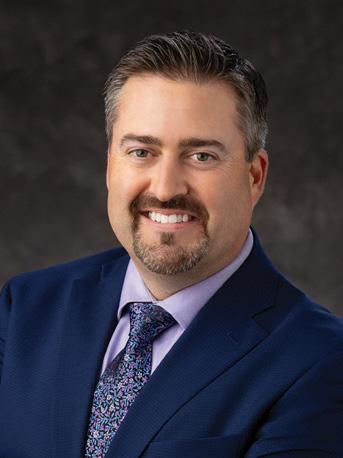
Mark Moses, MD has Joined Ortho Central



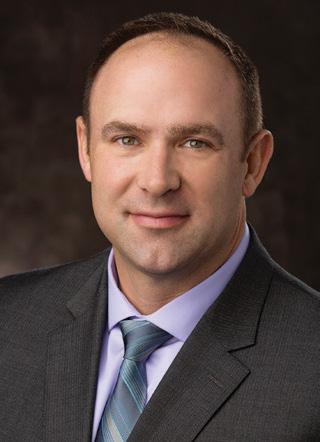


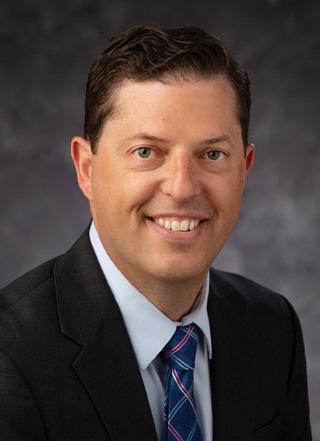


Richard Kirkpatrick,




D a n a R i e g e r | G R I , B r o k e r M a n a g e r 1 3 6 T h o m p s o n D r i v e , N o r m a n , O K 7 3 0 6 9 4 0 5 3 1 0 2 7 9 6 |




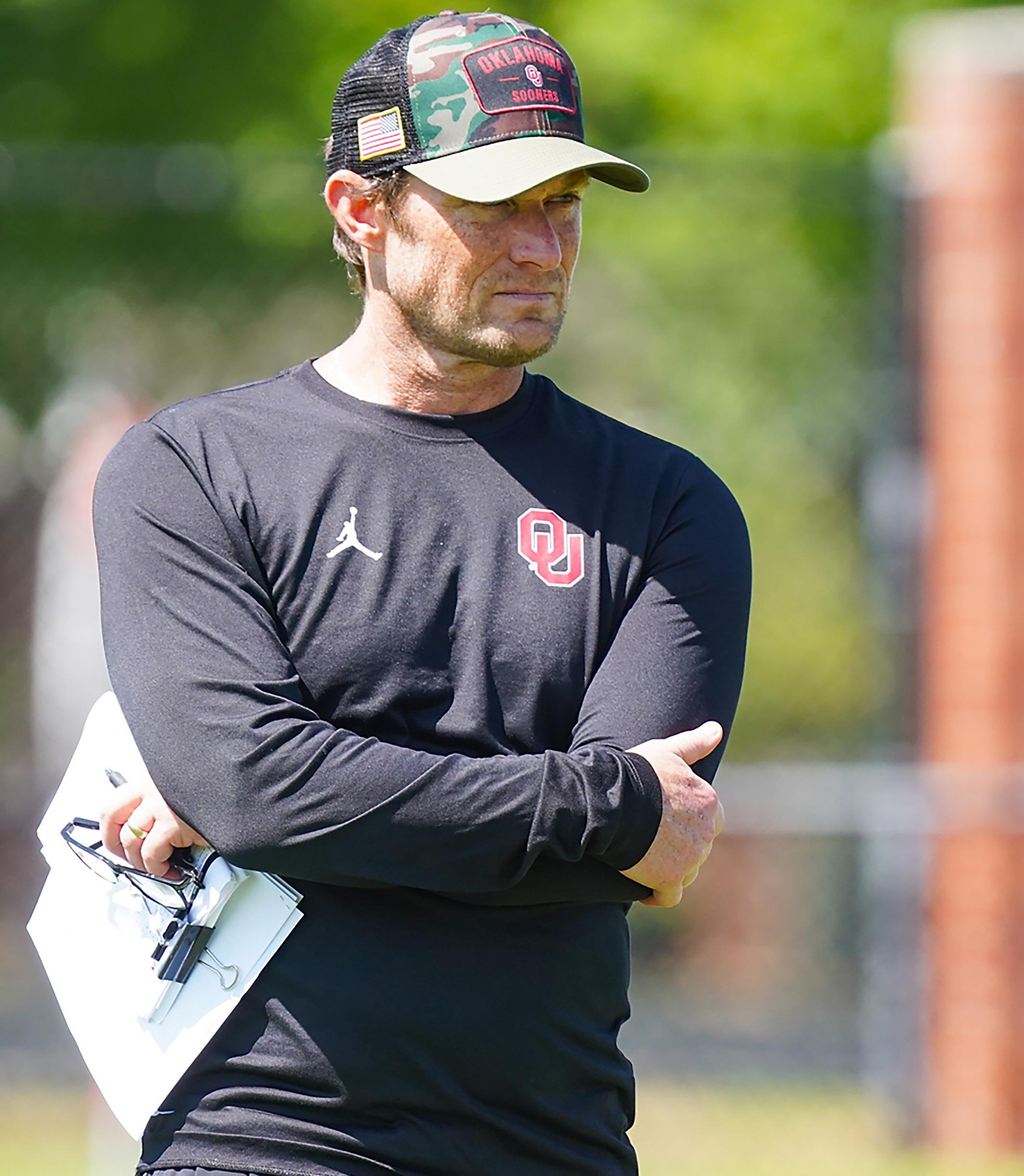
Photo by: Parker Thune
Sooner Football General Manager Jim Nagy
MR. GM

As the ever-changing landscape of college sports continues to evolve, the University of Oklahoma revolutionized its football operations with the development of a true front office, sending shockwaves through the college football world with the hiring of Jim Nagy as the program’s general manager.
While the role of the general manager varies for each school and is somewhat fluid in its responsibilities, Nagy has embraced the unknown and, in doing so, has built an impressive personnel department prepared to help Sooner football thrive in a new era of college football.
“The word I keep using is energizing,” Nagy said of his new role. “I never really had plans to work at the college level. So, all this is new… It’s just too good of an opportunity. Just getting here and developing relationships and meeting people and then trying to get a process in place… It’s been a lot of fun.”
THE RESUME
Nagy comes to Oklahoma after reinvigorating the Senior Bowl. Since 2018, Nagy has served as the executive director of the Senior Bowl, where he was responsible for the identification, evaluation, recruitment, and selection of the top NFL prospects to be invited to the game. In his role, he cultivated relationships across college football, the agent community and all 32 NFL front offices. Over the past five game cycles, the Senior Bowl has consistently produced more than 100 drafted players annually, representing over 40 percent of those draft classes. Last year, the Senior Bowl had a record 110 total selections, including 45 of the top 100 players and 10 first-round picks.
The Senior Bowl helped prepare Nagy in a unique way for the opportunity at Oklahoma.
“I think the biggest thing there is the relationships with the agent groups. Not all these high school guys are represented by the same groups of people that are representing NFL guys,” Nagy said. “But more and more, that’s being the case. I think a lot of the established NFL agent types are putting their toes in here a little bit to see if they want to get in the college world, and now they feel like it’s almost a necessity if they want a chance to get them four years down the road.”
Prior to his role with the Senior Bowl, Nagy spent two decades in various scouting capacities with the Seattle Seahawks, Kansas City Chiefs, New England Patriots and the Washington Redskins. During his 18 years in NFL front offices, his teams played in six Super Bowls and won four Lombardi Trophies. Now, Nagy is bringing that experience and skill to Oklahoma to find the best players possible.
The love of football has been a constant presence in Nagy’s life.
“I grew up in a house with a dad as a coach, so from my earliest memories, I was a little kid around the game,” Nagy said. “Then, he walked away from coaching and teaching and moved us to a new city. And just by chance, I became best friends with the kid whose dad was the head football coach at that school.
“I was the waterboy from the time I was little. And then you get up to elementary school, and I’m fixing helmets. Then playing the game. It’s just always something that has been a part big part of my life.”
WHY OKLAHOMA?
Nagy’s name has been linked to general manager positions across the NFL for years. During this off-season, he interviewed for the New York Jets and was a rumored candidate for several other openings. A respected name in the industry, many felt the next step in his career was the NFL, but Nagy chose Oklahoma and the college ranks because of the overall vision for the role.
“Other schools have been throwing that label around quite a bit over the last couple of years. I think it means something different everywhere,” Nagy said of his title. “When I came to Oklahoma and really laid out the vision with Randall Stephenson and Joe Castiglione, it made a lot of sense.
“I’m a big believer in my profession. I think we all are. I think we all love what we do. I love scouting… I believe in the power of it. I felt like if I was able to put a staff together, which now I have, we could make a real impact. You can win at a high level at OU, and I want to win. I wasn’t going to go somewhere where they didn’t have the resources, and I know I have that at Oklahoma.”
THE VISION OF THE GM AT OU
Nagy will lead OU’s roster management and talent acquisition, including player recruitment, evaluation, retention and compensation as part of his duties. He will also manage the impact of rules governing Name, Image and Likeness, the transfer portal process, revenue-share allocation, scholarship limits and eligibility requirements.
The new model is intended to meet the emerging challenges of college football and mirrors many aspects of professional sports teams. It allows the general manager and head football coach to work sideby-side in partnership, each focusing on a specific area of expertise. And in the eyes of Jim Nagy, take a major load off the shoulders of the coaches.
“I think the key thing for us is having manpower to take a big heavy lift off the coaches. (And) you get levels of cross-check in your evaluations,” Nagy said. “Historically in college football, the position coaches have had full autonomy to go recruit who they want.
Then the head coach makes the final call. Well, that’s just really one voice…that’s not the way to do it.
“Going back maybe 10 to 15 years ago in the NFL, a lot of NFL systems were set up that way. Now, by the time you get to draft day in the NFL, you’ve had eight or nine sets of eyes on a player. That cuts down on your margin for error. We’re going to do the same thing here.”
THE SCOUTING STAFF
As Nagy built his scouting staff, he was intentional in finding a broad spectrum of experience. From the NFL to college and even the agent world, the group is littered with football experience from all walks of scouting and talent evaluation.
“The chemistry has been great,” Nagy said of his scouting staff. “We were all displaced for a little bit together. There was a lot of construction going on upstairs, so we were all in the dining hall officing and working together for a while.”
Including Nagy, the seven-person staff has 60 years of combined experience in collegiate football and 67 years of NFL experience. Collectively, the teams they were associated with participated in 36 bowl games, nine Super Bowls, and won five Super Bowl titles.
“To see the synergy happen between the coaching staff and the scouting staff has been incredible,” Nagy said. “The most important relationship in any NFL building is the cohesion between the head coach and the general manager, having that shared vision. And in Brent, I have that.”
Now the challenge becomes finding the best players who fit what Oklahoma wants and can help bring the Sooners back to the top of college football.
THE 2025 SOONERS
As Nagy assembled his staff, he simultaneously worked to address current roster needs. His evaluations began with an unvarnished assessment of the team, ensuring that any bias was removed, while working closely with coaches to understand the less tangible dynamics of the roster. The bottom line remains centered on winning and fielding the best team possible in 2025 and beyond.
“The goal for me was to come in and let my own eyes do the work first and not be biased,” Nagy said of his first impression of the Sooner roster. “Where is your room right now in terms of the leadership and all the things that are really, really important. That’s been key to learning this football team. But as I said at the opening press conference, I owe that to these players to learn them first.”
That evaluation began with the quarterback position and the new Sooner signal caller, John Mateer. While Nagy was not yet the Sooner’s general manager when Mateer moved to Norman, he quickly bought into what Mateer could mean to this program.
“I feel like everything starts with John Matter. Mateer hit the ground running,” Nagy said. “The biggest thing with John is just seeing what he’s been like in this building daily and his ability to connect with his teammates.
“Then you talk about a couple of young offensive linemen, a portal offensive lineman, huge upgrades up front… Jaydn Ott in the backfield. We’ve got some receivers who I think most of the fans don’t know, that I think they’ll get to know quickly. And then, Coach Venables’ defense is his defense.”
Cal transfer running back Jaydn Ott has been the biggest addition of the Nagy era to date and has the potential to be incredibly impactful. Ott, one of the top overall playmakers returning to college football, has produced 3,460 all-purpose yards over the past three seasons, the third most among all returning FBS running backs.
“At the Senior Bowl, he was at the top of the board last year for us with Omarion Hampton and Ashton Jeanty,” Nagy said. “Jaydn had a high ankle issue last year and never really got right or he’d be in the league right now. What we saw was a dynamic playmaker who can score from anywhere on the field and can create plays. It was hard to find those guys.”
Nagy’s approach is not just about immediate results. It’s about creating a system that can sustain success. By building a front office that is deliberate and methodical in its talent evaluation, Nagy is ensuring that Oklahoma remains competitive for years to come. The cohesion between the scouting staff and the coaching staff is a key element of this strategy, as is the program’s ability to adapt and evolve.
“We’re doing this differently than everyone else,” Nagy said, pointing to the streamlined processes that reduce wasted time and focus on evaluating players who fit the program’s vision. This innovative approach is designed to position Oklahoma as a leader in college football, not just on the field but also in how it operates behind the scenes.
With Nagy at the helm, Oklahoma football is undergoing a transformation that prioritizes synergy, expertise and innovation. By aligning the efforts of the front office and coaching staff, the Sooners are building a foundation for both immediate success and longterm dominance. – SMS









SOONER ROWING

The University of Oklahoma women’s rowing team under Sarah Trowbridge has been striving to be the best in college rowing in a region that is not synonymous with the sport itself. But thanks to a renewed investment from the City of Oklahoma City and a consistent commitment from the university, Oklahoma rowing is positioning itself to be among the elite in the sport for years to come.
“This is not a place that has decades of rowing, but the fact that the university has embraced it, and the high quality of support that they give all their student athletes gives me confidence,” Trowbridge said of the program’s vision. “Sooner Nation understands that it’s the marathon vision.
“It’s going to be tough. It’s going to be a climb. We’re going up against the top teams in the country, but we’re not afraid of hard work, and we’re not afraid of hard work year after year.”
The University of Oklahoma’s rowing team was founded to bring athletic diversity to the university’s sports programs. Over the years, the team has demonstrated steady progress, overcoming challenges related to geography and rowing culture in the Southern Plains. Oklahoma’s commitment to the sport has been reflect-
ed in the construction of facilities, the recruitment of athletes and partnerships with the local community. Thanks to the city’s support and a renewed investment in rowing, the program has attracted talented athletes and coaches who have elevated the team’s performance. The program continues to grow, seeking to become a beacon of excellence in college rowing for years to come.
The hiring of Trowbridge in 2022 was one of the biggest commitments to the program’s long-term vision. With a wealth of experience as an elite rower and coach, Trowbridge has brought passion to the program. As a former Olympian, she understands the discipline and strategy required to succeed at the highest levels of the sport.
“I’m from the Washington DC area, and there we have a beautiful river where you would see rowing boats all the time, but I didn’t start rowing until I was a senior in high school,” Trowbridge said of her history with the sport. “I think rowing is one of those amazing sports where you are better if you’ve done a lot of other sports. You have to be tall, you have to be strong. The boats are really heavy.
Photos by: Mark Doescher
Head Coach Sarah Trowbridge
“Rowing has been able to give me opportunities to travel all over the country and all over the world.”
Trowbridge’s husband worked as a coach in the Olympic training center in Oklahoma City.
“He really loved living in Oklahoma, and so when I got the call at first, I wasn’t looking to move on,” she said. “I was really happy with what I was doing, but coming down here, I got to see what the athletic department wants to do and the authenticity behind the initiatives. You feel like they want the best thing for the athletes. That resonated with me.”
Trowbridge’s leadership is a cornerstone of the program’s growing reputation. She helped spearhead the move into the SEC, where the number of programs might not be significant, but the commitment is strong.
“The SEC is a small rowing conference, but we have the top team in the country and maybe the second-best team as well,” Trowbridge said of the new conference. “We have the most competitive conference. You’re comparing yourself against the well-established number one team, Texas, who has won three national championships over the last four years. That’s what OU is about. We all want to make a new level for the sport. Let’s make this the benchmark… Let’s make this the new standard.”
The biggest commitment to the rowing program was the development of the on-campus training center. The 24,000-square-foot OU Rowing Training Center is one of the finest on-campus rowing facilities in the country. It houses a state-of-the-art, 16-seat “moving water” rowing tank that simulates on-the-water training indoors. The facility also features a 2,740-square-foot workout area, sports medicine and hydrotherapy areas, locker and team rooms and meeting spaces.
When not on the water at Oklahoma City’s Boathouse District on the Oklahoma River, the facility provides the team with a place to train and allows student-athletes to improve in an individual setting away from the water. It’s made a major difference in the training of student-athletes and, in turn, the success of the program.
“I think we are so lucky to have that place, because our sport takes place at a boathouse, and the river here is up in the city,” Trowbridge said of the on-campus home. “That has helped our younger or newer athletes get skill in the middle of winter, when everyone is not on the water. It’s a nice home base for the athletes.”
Among the many challenges that OU Rowing faces is finding the best potential athletes. For Trowbridge, knowing that the best rowers usually start in another sport, the recruiting never stops.
“You’re at the airport... You’re at the grocery store… I’m at Sprouts, and I’m checking out an athlete. What sport do you play? Hey… do you play a sport at the university? No? Would you like to?” Trowbridge said of her never-ending recruiting. “If you’re a rower, you most likely have gone up to someone. Have you ever thought about rowing? You can join our program. It is a lot of work, but you can compete at the highest level. You can become a Sooner.”
The University of Oklahoma’s rowing program is poised for an exciting future, marked by ambitious goals and solid investments by Oklahoma City and the University of Oklahoma. With strong leadership, cutting-edge facilities and a clear commitment to raising the bar, the University of Oklahoma rowing program is set to redefine collegiate rowing and inspire a new generation of athletes.– SMS
BY: CHRIS
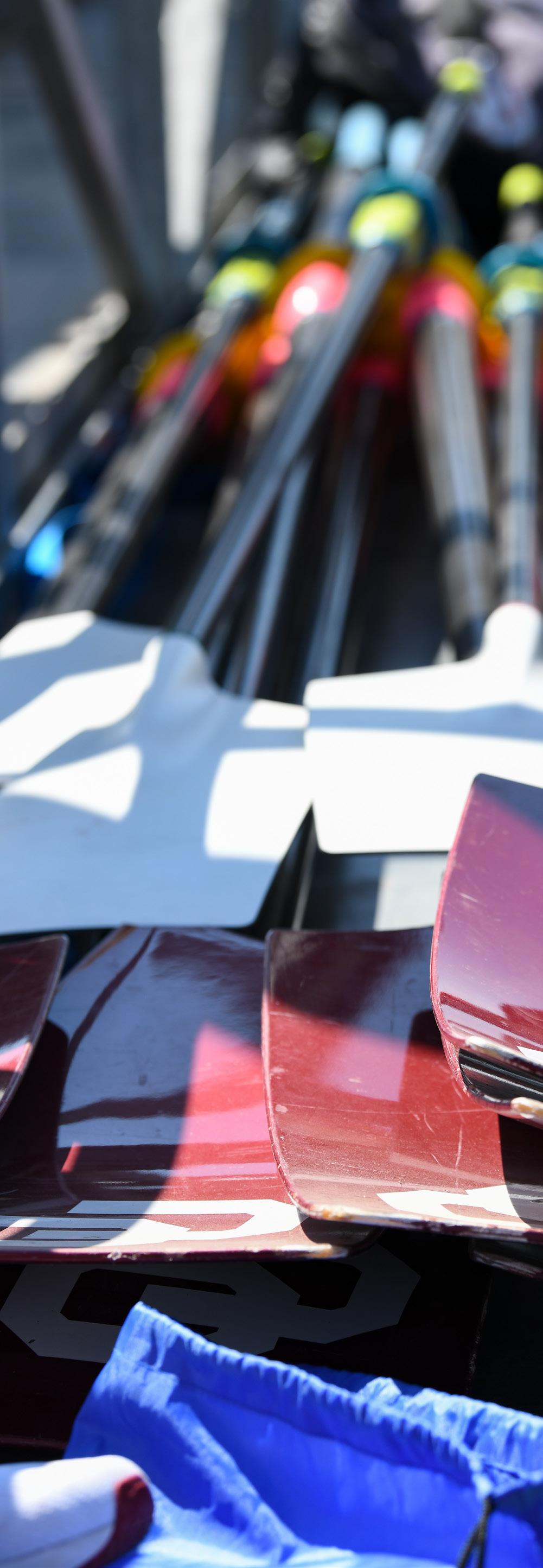

BIG BROTHERS, BIG SISTERS NOSHVILLE
Big Brothers, Big Sisters Hosts Newly Themed Annual Fundraiser
Anew twist on a long-standing fundraiser will bring food lovers and community supporters together for a good cause this fall. Noshville Norman, a freshly themed event benefiting Big Brothers Big Sisters of Oklahoma, is set for Sept. 12.
The country-chic celebration is a reimagining of Taste of Norman, a beloved gala known for its sampling of local restaurant fare. The event later evolved into Big Movie Night during the COVID-19 pandemic to allow for social distancing. This year’s theme aims to combine the best of both experiences with a renewed energy and mission.
“This event is something new and unique while also maintaining tradition. We are so grateful to our event chairs, sponsors and the public for helping directly support our mission, which is to create and support one-toone mentoring relationships that ignite the power and promise of youth,” said Michael Stuemky, Norman area
director for Big Brothers Big Sisters of Oklahoma.
Dozens of local restaurants have applied to participate. Attendees can expect tapas-style servings with bite-size portions of diverse dishes.
“Restaurants showcase their best offerings, including test items looking for feedback, so that’s an exciting element of it too,” said Stuemky. “We vet the menu and make sure there’s not too much of any one thing.”
Joey Wishnuck, local developer, builder and investor, and Elizabeth Hurley, area real estate agent, are this year’s chairs.
“Joey and Elizabeth bring important aspects of the Moore-Norman community together. They got involved because they see what we do and why we do it, having seen and felt the impact of the organization,” said Stuemky.

This year’s funding goal is $130,000, raised through sponsor tables, silent and live auction, individual giving and ticket sales.
“Funds help with staffing, match support, the maintenance of our beautiful facility where participants can meet, background checks and more,” said Stuemky.
Big Brothers Big Sisters of Oklahoma started its Oklahoma City chapter in 1955, and Norman’s site soon followed in 1969. Fundraiser galas have been part of the organization’s tradition for decades.
Developing lifelong supportive friendships with a role model helps influence positive results, which is the program’s premise. Young professionals, college students, parents, retirees and other safe adults can make a tremendous difference in the life of a child.
“Going out and finding ‘bigs’ in the community, pairing them with kids who need that extra pillar of support, completing a significant interview process, hosting mentorship training for developmental psychology and more is a huge part of the process,” said Stuemky.
“We are extremely intentional about how matches are made. Our growth in need has been significant but we have that community partnership to support the process for long-term, effective outcomes.”
So far in 2025, the number of mentorship matches made has already exceeded that of any year since the chapter’s founding, more than 300.
Safety is the organization’s first priority, with one of the criteria for how young a child can be paired with a mentor being their ability to express themselves, typically ages 6 and up. A common misconception is that Big Brothers Big Sisters focuses on tutoring. Although academic assistance can be part of the activities pursued, life skills and sample tasks like running errands are an important part of helping children learn valuable lessons.
“From going to the library together, to throwing a Frisbee or just sharing a favorite sport, it’s literally a friend with life experience to coach the entire way,” said Stuemky. “That modeling piece is individual and unique to every single match. It’s getting to do something for a child so many adults wish had been done for them.”
A limited number of tickets will be available for Noshville Norman. Find more information at bigoklahoma. org/noshvillenorman. – BSM

Event Chair: Joey Wishnuck
Event Chair: Elizabeth Hurley


SCIENCE IN ZERO G
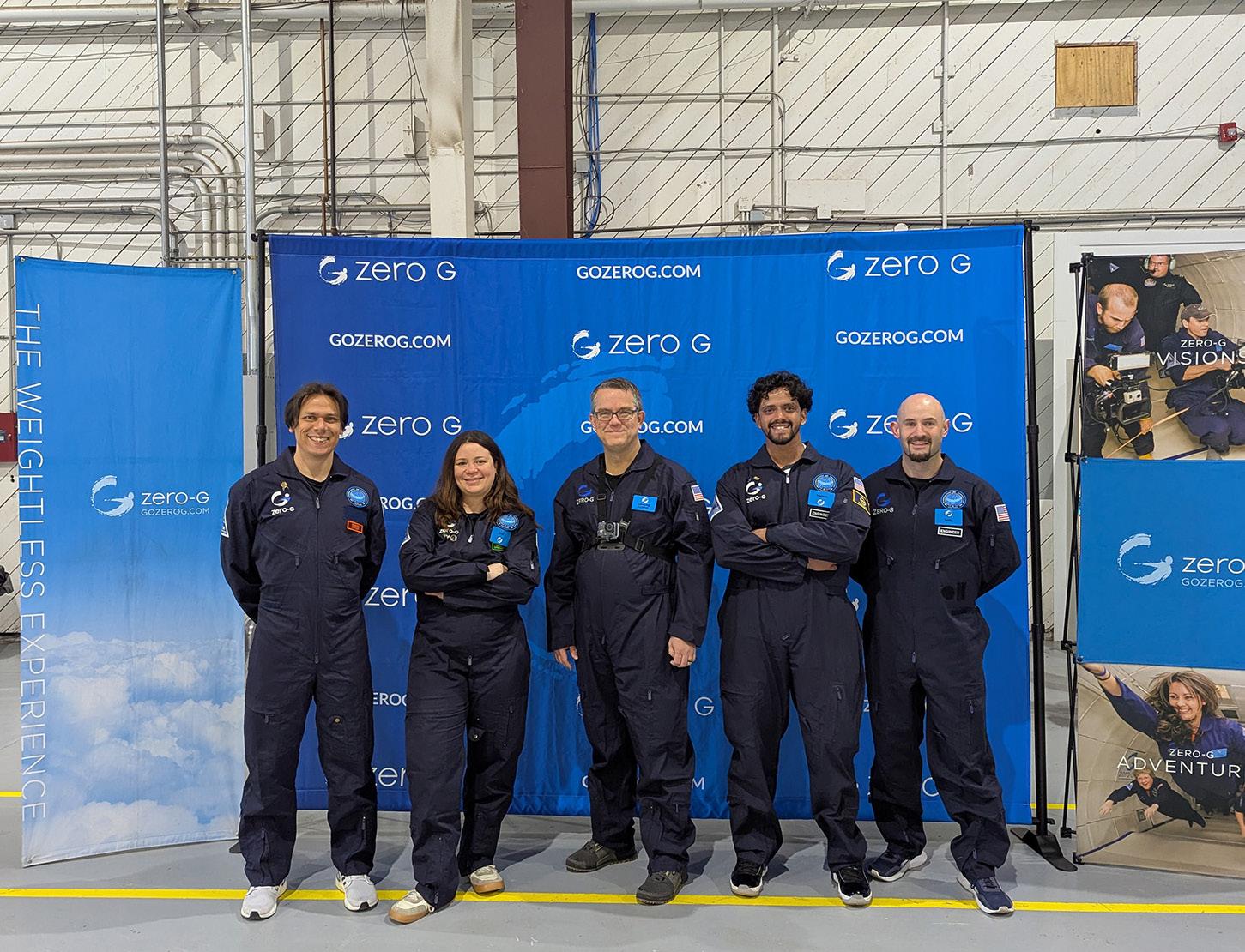
MNTC Instructor Tests Student Device in Microgravity Environment
Teacher Dustin Bennett was able to take his students’ project to new heights this summer. Bennett, an engineering instructor with Moore Norman Technology Center, was one of eight teachers nationwide to participate in the Space for Teachers program that gives educators the opportunity to conduct student-designed experiments in microgravity aboard a specially modified aircraft.
During the flight, Bennett was able to test a device that his high school students at the technology center
designed to capture micro debris particles in space. Bennett took flight in May onboard the aircraft that performed a series of 30 parabolic maneuvers, achieving approximately 11 minutes of weightlessness, according to a news release about the program.
“It’s just amazing — a once-in-a-lifetime experience,” Bennett said about the opportunity.
Bennett said getting to test his students’ project was exciting, as was sharing stories about the experience with them. He said he also hopes it might serve as
an inspiration to students who are interested in the science and technology fields.
“I really want my students to see the opportunities that are out there,” he said.
One of the goals of the Space for Teachers program is to help enhance students’ skills in prototyping, data collection and technical communication, which are key competencies in careers in science, technology, engineering and mathematics.
Bennett was selected for the program and began training last year. This past academic year, his students began working on the project, developing an origami-inspired space debris capture device.
Part of the process also included collaboration with engineers from Space Forge, an aerospace manufacturing company. The student project was inspired by one of the company’s products, so students could see real-world applications, Bennett said.
As his students spoke to the Space Forge engineering team, “they discovered that our challenges mirrored the challenges that Space Forge was facing,” Bennett said. “And amazingly, the students’ solutions
also mirrored the solutions being developed by Space Forge. As the students were struggling through the process, I saw the interaction with Space Forge as such a boost to their motivation and determination.”
Bennett said one of the reasons for the focus on capturing space debris is how small objects, like paint flecks or small screws, traveling at high speeds can cause damage to spacecraft.
Bennett said after the flight, he was able to come back to the classroom and show students videos of the experience and talk about what did and didn’t work with the device. That also offered a learning experience so students could talk about what to do when you encounter obstacles in a project and how to move forward.
Bennett hopes that the project showed students the experiences and careers that are available to them if they want to further explore jobs in aerospace and engineering.
“I want them to realize they can do it,” he said. “There are plenty of opportunities out there for them.”– SMS



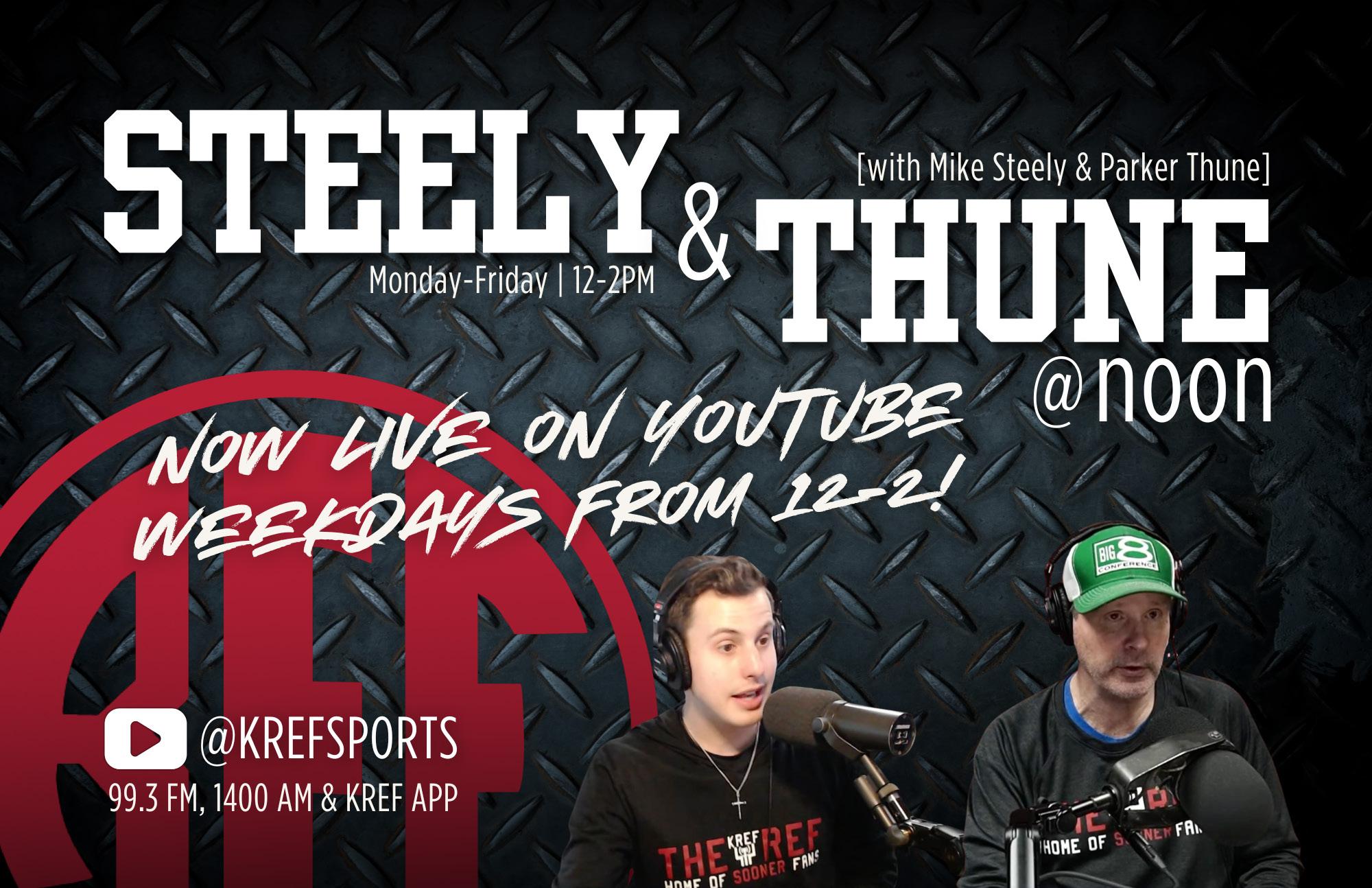














Send Me in Coach
STROKE SURVIVOR’S 90TH BIRTHDAY CELEBRATION AT NORMAN REGIONAL
Dewey Coffman had big plans for his 90th birthday. Family was set to gather, his grandchildren were coming in to visit. He even had a speech in mind; one he’d been preparing for years. What he didn’t plan for was a stroke.
It happened slowly one morning as Dewey got out of bed. His body didn’t feel right, and as he sat at his computer trying to type, his left side began to go numb. It was clear something was wrong, so he and his wife Patricia made their way to Norman Regional Nine for emergency care. From there, he was transported by ambulance to Norman Regional Hospital.
At first, he was frightened. He couldn’t move his arm; his speech was slurred. Simple actions, like sitting upright, became overwhelming, but even in those disorienting early moments, Dewey caught onto something hopeful.
“They told me to get there early and start vigorous therapy,” he recalled. “And I thought—well, I’ve done those two things. I’m halfway home.”
REBUILDING AFTER A STROKE
Dewey was admitted to Norman Regional’s Inpatient Rehabilitation Center, where he met his care team— physical therapist Kourtney Egge, speech language pathologists Melanie Miller and Sarah Tuttle, and occupational therapist Melissa Sanders. He needed assistance from two people just to transfer or walk a few steps. His left arm and leg were unresponsive. His speech was also significantly impaired.
Through all this, Dewey was determined—and he had the team to match his motivation.
Kourtney and Melissa began co-treating him with daily physical and occupational therapy. They worked on strength, balance, speech and fine motor control. Dewey did the hard part: showing up, trying again and never once saying “no.”
“He always asked, ‘What’s next?’” Melissa said. “We never had to push him—he was always ready.”
That determination made a difference. Dewey began regaining movement. His arm lifted again. His speech
returned. He was even practicing tongue coordination exercises during meals—following advice from one of his speech language pathologists he initially brushed off but soon came to appreciate.
“I thought, what is she telling me about my tongue for? But I’ve used that advice every day since.”
A BIRTHDAY AND RECOVERY CELEBRATION
As his progress grew, so did the excitement for his milestone birthday. His original party plans had been interrupted by the stroke, but the staff at Norman Regional wasn’t about to let that day go unnoticed.
Led by his speech therapy team, they organized a surprise 90th birthday celebration—balloons, cake, and all—for Dewey right in the rehab center. Surrounded by his therapists, fellow patients and his loving wife, Dewey delivered the speech he thought he might never get to give.
“I just hope this elevates their pride in their own job,” Dewey said about his care team. “Because they brought me back from the brink of a medical disaster.”
His voice was steady, his memory sharp. In fact, he shared vivid stories from his childhood, right down to a photo he remembered being taken at two and a half years old. After weeks of wondering if he’d ever speak clearly again, Dewey had the room hanging onto every word. He even already started making a list of foods to eat when he returns home—tamales are at the top.
WHY DEWEY’S STORY MATTERS
Dewey’s story is a powerful reminder of how fast stroke can strike—and how critical early intervention is. His therapists say Dewey’s recovery was remarkable, especially for someone turning 90.
He met milestones faster than expected. In fact, they advanced his goals halfway through treatment because he was already exceeding them. Despite this, Dewey gives the credit back to the people around him.
“They had to find the right words and phrases to reach me. I didn’t want to listen at first. But I gave them a chance, and they worked.”
He’s continuing outpatient therapy now, writing about what he’s learned—and still planning to deliver that speech to his grandchildren.
A STROKE CENTER THAT STANDS OUT
Norman Regional’s Stroke Center of Excellence has been certified as an Advanced Primary Stroke Center since 2008. Their comprehensive, team-based approach spans from the emergency room to inpatient rehabilitation and beyond, with services designed to help patients like Dewey not only survive but thrive.
With state-of-the-art equipment like the ZeroG balance support system and personalized therapy plans, patients receive care that’s both safe and effective. Just as importantly, it’s care that’s grounded in compassion. For Dewey, that made all the difference.
“Whatever you want to do, go do it,” he said, reflecting on how random and sudden health events can be. “You never know.”
KNOW THE SIGNS. ACT FAST. RECOVER STRONG.
If you or a loved one experiences sudden weakness, slurred speech, or numbness—don’t wait. Stroke is a medical emergency. At Norman Regional, you’ll find expert stroke care when every second counts.
If you think you or a loved one may be experiencing a stroke, call 911. – SMS

Norman has hear t
. Norman Regional is at the heart of advanced cardiovascular care in southern Oklahoma. We proudly o er $50 heart scans with no referral required, plus a full range of heart services, including ablations, pacemakers and treatment for AFIB. We deliver award-winning care. With a cardiac catheterization lab and life-saving expertise nearby you’ll find compassionate, leading-edge heart care right down the road.

Bruce Cannon, MD
Cardiothoracic Surgeon
More than 30 years of experience
Schedule your $50 heart scan today.


